The art of crafting Japanese matcha desserts is a delicate dance between bitterness and sweetness, where the astringent notes of powdered green tea are harmonized with other ingredients to create a sublime sensory experience. Unlike Western desserts that often prioritize unbridled sweetness, traditional wagashi and contemporary matcha-infused confections embrace complexity. The key lies in understanding how to tame matcha’s natural vegetal intensity without obliterating its character—a balance achieved through centuries of refinement and cultural intuition.
At the heart of this equilibrium is the quality and grade of matcha itself. Ceremonial-grade matcha, with its vibrant hue and nuanced umami, behaves differently in desserts compared to culinary-grade varieties, which tend toward sharper bitterness. Chefs and home cooks alike must consider the tea’s origin, stone-grinding process, and even the water temperature used during preparation. A misstep in selection can result in a dessert that either overpowers with grassy pungency or fades into blandness beneath sugary accompaniments.
The Japanese philosophy of “shibui”—aesthetic subtlety that finds beauty in restrained bitterness—permeates dessert design. Red bean paste (anko), for instance, acts as both a textural counterpoint and a sweet foil to matcha’s edge. The earthy sweetness of white or black sesame, the caramelized depth of kuromitsu (black sugar syrup), or the creamy fat of high-quality dairy each play strategic roles in rounding out flavor profiles. Even the temperature at which a dessert is served alters perception; chilled matcha parfaits mute astringency, while warm dorayaki pancakes amplify it.
Modern patissiers push boundaries by incorporating unexpected allies: citrus zest’s acidity brightens matcha’s heaviness, while dark chocolate’s cocoa bitterness creates a layered resonance rather than conflict. Some avant-garde creations even introduce savory elements like toasted nori or kinako (roasted soybean flour) to anchor the tea’s marine undertones. What unites these innovations is an adherence to the foundational principle that balance is never about domination—it’s about conversation between flavors.
Regional variations further illustrate this calculus. Kyoto’s refined matcha warabi mochi, dusted with nutty kinako, embodies minimalist elegance, while Hokkaido’s dairy-rich matcha soft serve relies on butterfat to soften the tea’s bite. Seasonal adjustments also come into play; summer desserts might incorporate juicy peaches or melon to offset matcha’s warmth, whereas winter iterations could lean into roasted chestnuts for deeper companionship.
Ultimately, mastering matcha desserts requires respecting its dual nature—both warrior and poet. The bitterness that initially challenges the palate is what makes the eventual harmony so rewarding. In a world of instant gratification, these confections demand slow appreciation, inviting us to find pleasure in the space between sweet and bitter, where true sophistication resides.

By /May 26, 2025
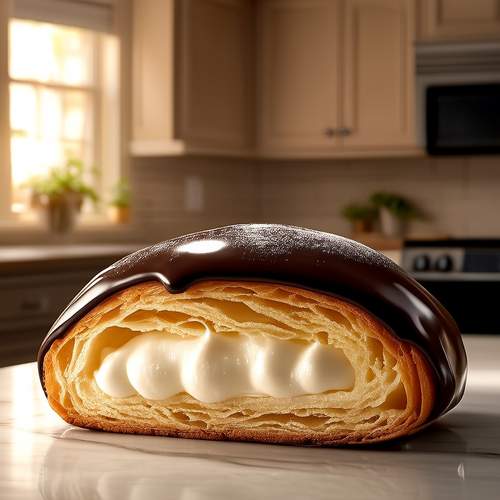
By /May 26, 2025
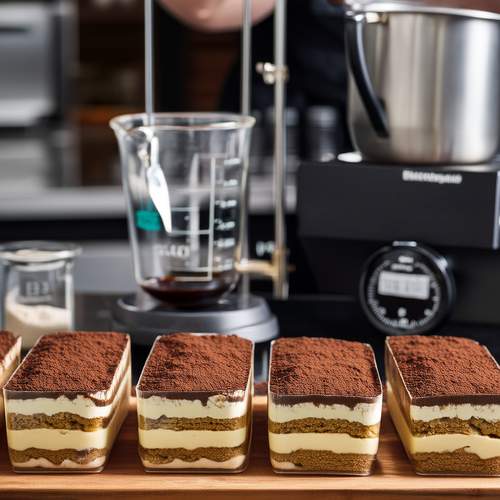
By /May 26, 2025
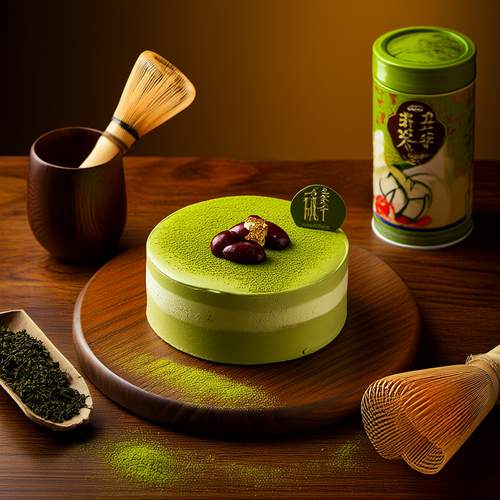
By /May 26, 2025
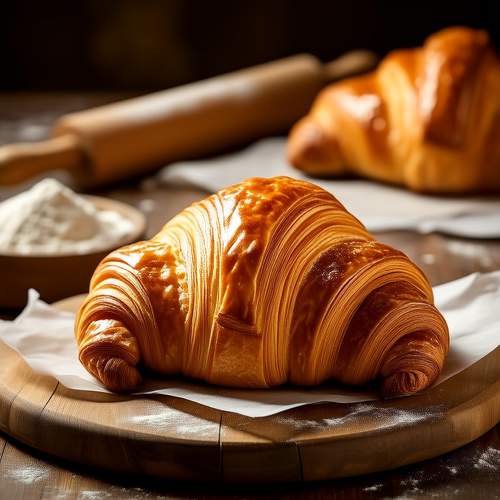
By /May 26, 2025

By /May 26, 2025

By /May 26, 2025

By /May 26, 2025
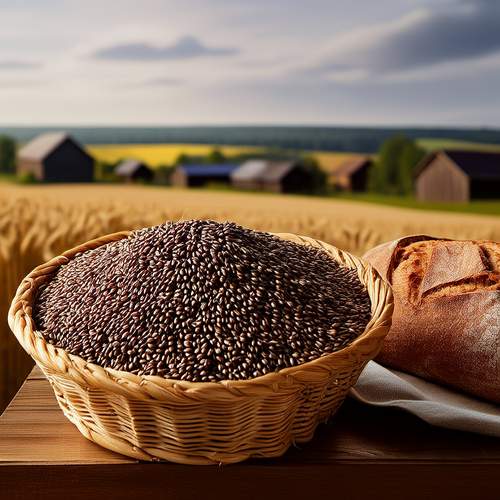
By /May 26, 2025

By /May 26, 2025

By /May 26, 2025

By /May 26, 2025
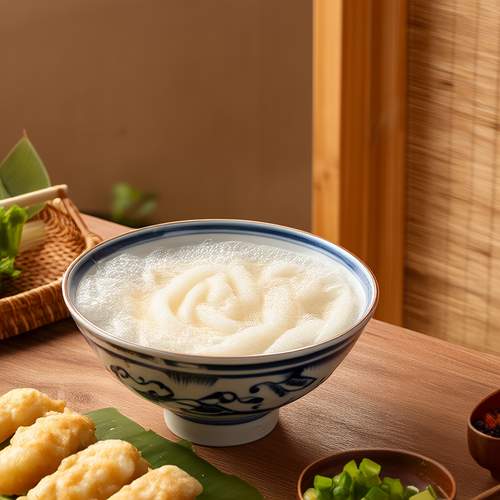
By /May 26, 2025
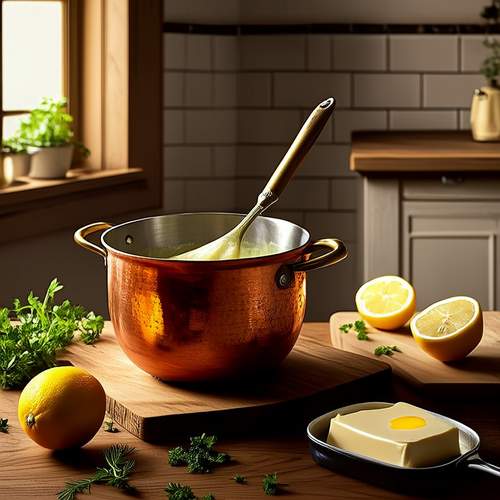
By /May 26, 2025

By /May 26, 2025

By /May 26, 2025
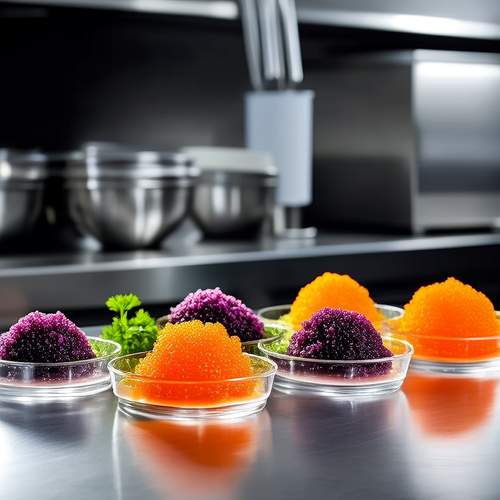
By /May 26, 2025
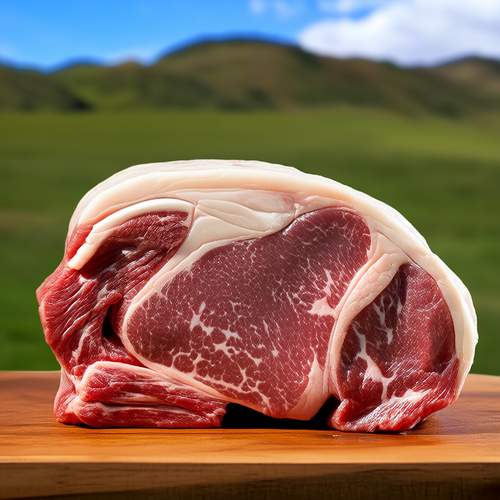
By /May 26, 2025

By /May 26, 2025

By /May 26, 2025